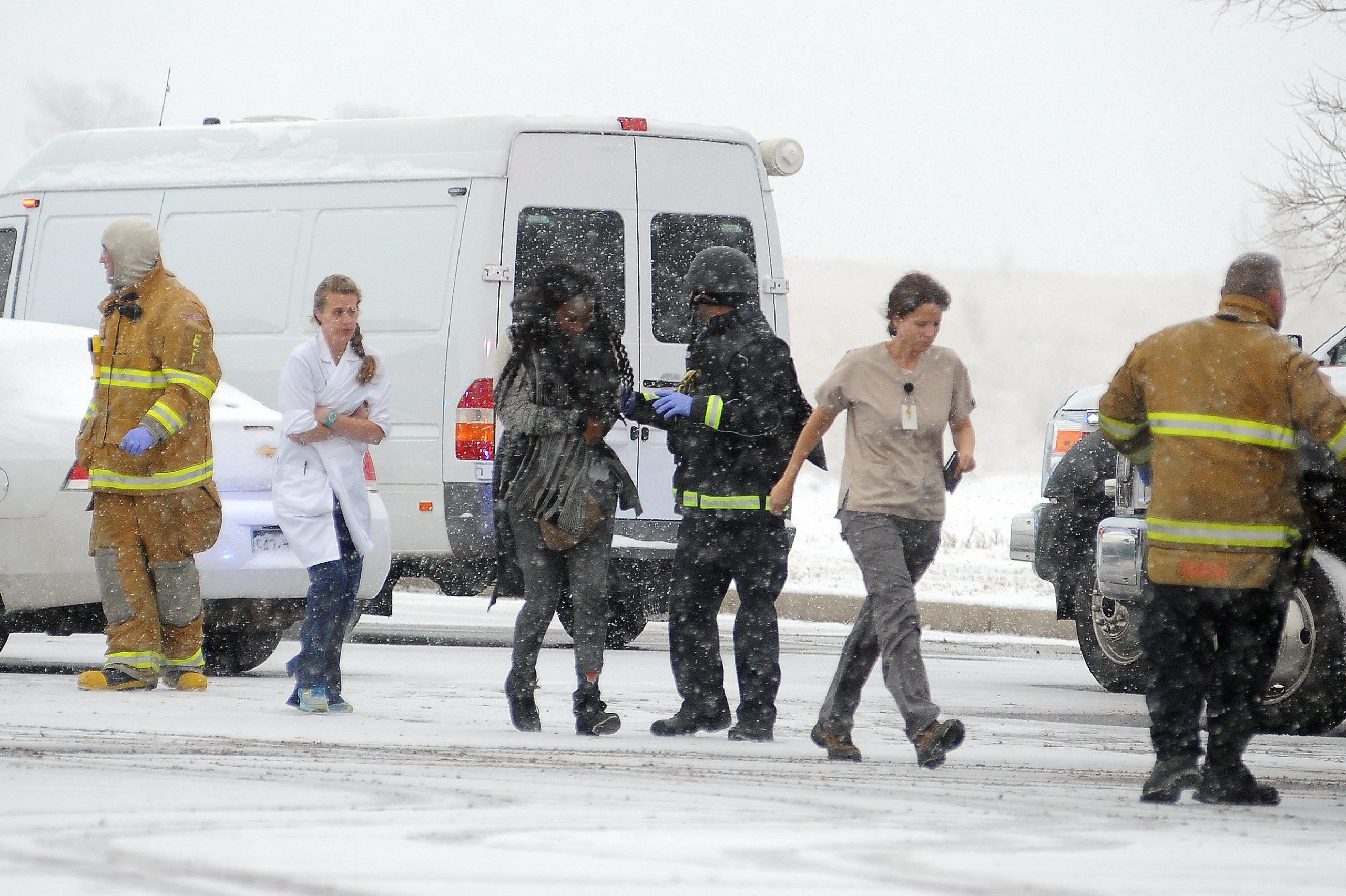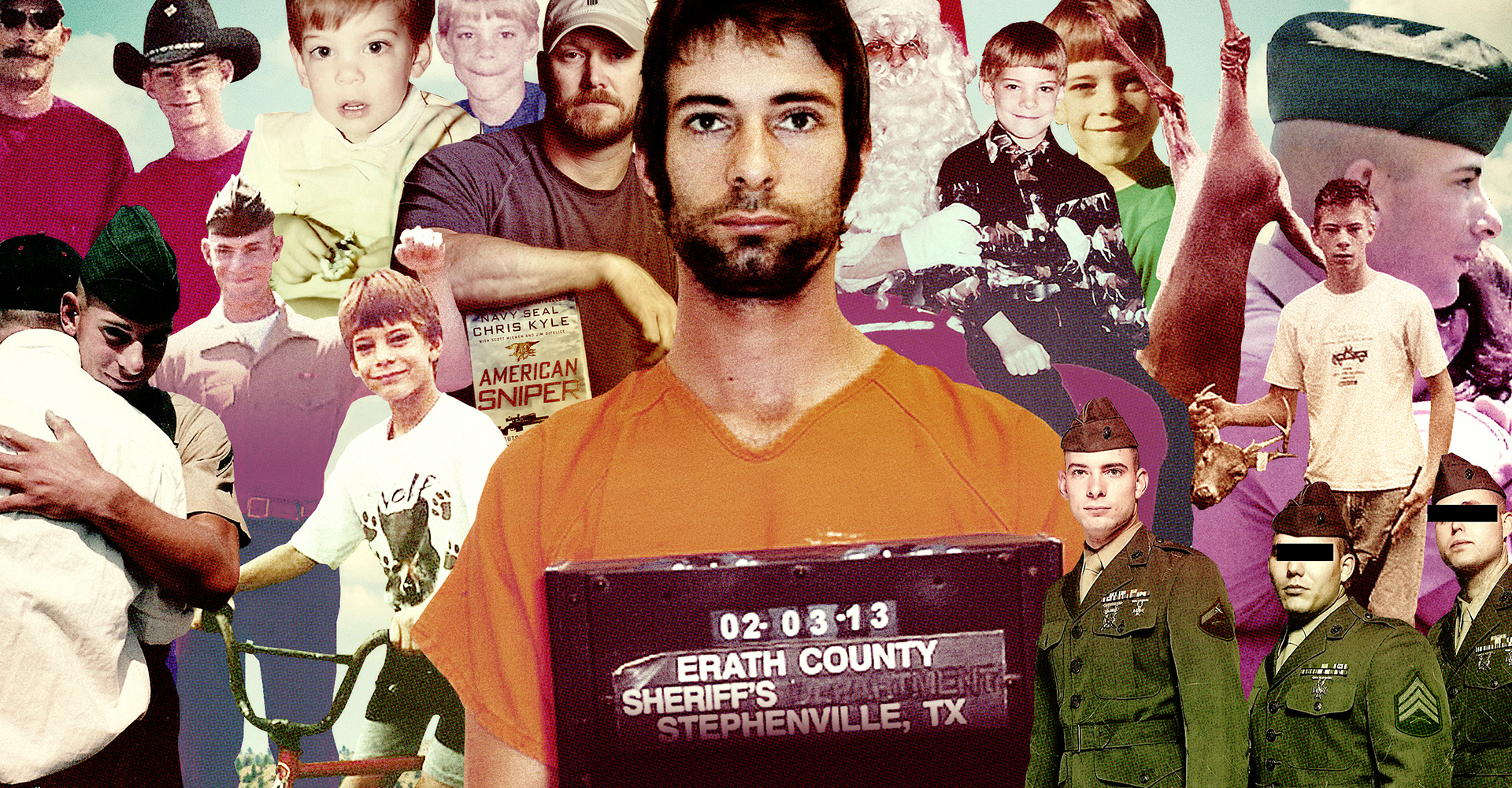“We’re getting active gunfire,” the Colorado Springs police officer warned his colleagues over the radio outside the Planned Parenthood clinic besieged by Robert Lewis Dear last Friday. “The shooter is constantly shooting, keeping those officers down,” another said later. The Denver Post reports that the bullets kept coming “until minutes before” the gunman finally surrendered, five hours after the standoff began.
As law enforcement agents tried to subdue Dear and secure the clinic, they were held back by heavy fire. That’s despite the fact that the gunman was acting alone and confined to the waiting room, where the police could track his movements by accessing the clinic’s security cameras. By the time he was led away in handcuffs, he had managed to kill one of the first officers on the scene and wound five others, while also killing two civilians and injuring another four. The horror dragged on for far longer than the five minutes that the majority of active shooter incidents last.
With the investigation ongoing, spokespersons for both the El Paso County Sheriff and the Colorado Springs Police Department declined to comment to The Trace on what Dear armed himself with or what weapons each wave of police carried. Early reports, however, cited eyewitnesses who saw Dear with an AK-47-style rifle. The officers on a police radio recording obtained by CNN said he was able to pierce the exterior walls of the office with his salvos. That may suggest he was holed up with a large gun and a large amount of powerful ammunition. The more pressing questions, from a policy standpoint, are these: Did any of those magazines hold more than 15 rounds (the sale or transfer of which was banned in Colorado soon after the 2012 mass shooting in Aurora)? And were the police outgunned by one man?
Cops have dealt with armed criminals able to withstand the efforts of superior numbers since at least the 1980s, when the civilian market for semiautomatic rifles mushroomed and large, well-armed drug gangs emerged. In one notorious 1986 incident, two criminals were able to pin eight agents from the Federal Bureau of Investigation with a single semiautomatic rifle, killing two and wounding five before the FBI eventually managed to shoot both men. Known as the FBI Miami shootout, it shook law enforcement officers around the country and lead many to trade in their standard-issue revolvers for more effective semi-automatic weapons like the Glock handgun.
The 1997 North Hollywood shootout showed how two criminals armed with powerful rifles could very nearly outmatch dozens of officers. In that 1997 showdown, often remember for its similarity to the climax of the Michael Mann action classic Heat, two bank robbers equipped with body armor and illegally modified automatic rifles fought off police for almost an hour, injuring 20 people before they were both killed. The regular patrol officers on the scene could not safely get close enough for their standard pistols and shotguns to be of use. In the wake of the incident, some forces allowed their beat officers to carry “patrol rifles” in their squad cars, long guns such as the AR-15 that had previously been used solely by SWAT teams.
Those showdowns were committed by career criminals, who fought to survive, escape, and enjoy the fruits of their illegal endeavors. Police face a different threat from active shooters. Even though photographs from the scene show police equipped with AR-15s and protected by helmets and bulletproof vests, Dear was able to establish cover within the clinic’s waiting room and use his own gun to maintain his position.
It’s relatively uncommon for active shooters to even engage with police at all. A study of active shooter incidents from 2000 to 2012 by Pete Blair, a professor of criminal justice at Texas State University, found perpetrators are more likely to kill themselves than fight it out or surrender. In Oregon, Roanoke, Chattanooga, and Lafayette, the shooters took their own lives either before or immediately after they encountered police. Dylann Roof attempted to kill himself after he massacred a prayer group in Charleston this June, but failed because he’d used all his ammunition, leaving him to flee the scene; he was caught in the ensuing manhunt. Dear’s ferocity and firepower make him a fearsome outlier.
In the coming weeks, as law enforcement releases information about the type of gun Dear was armed with and the size of the magazine he used, we should learn how much he was helped by his choice of weapons and how often he could fire without reloading.
[Photo: Brent Lewis/The Denver Post via Getty Images]


